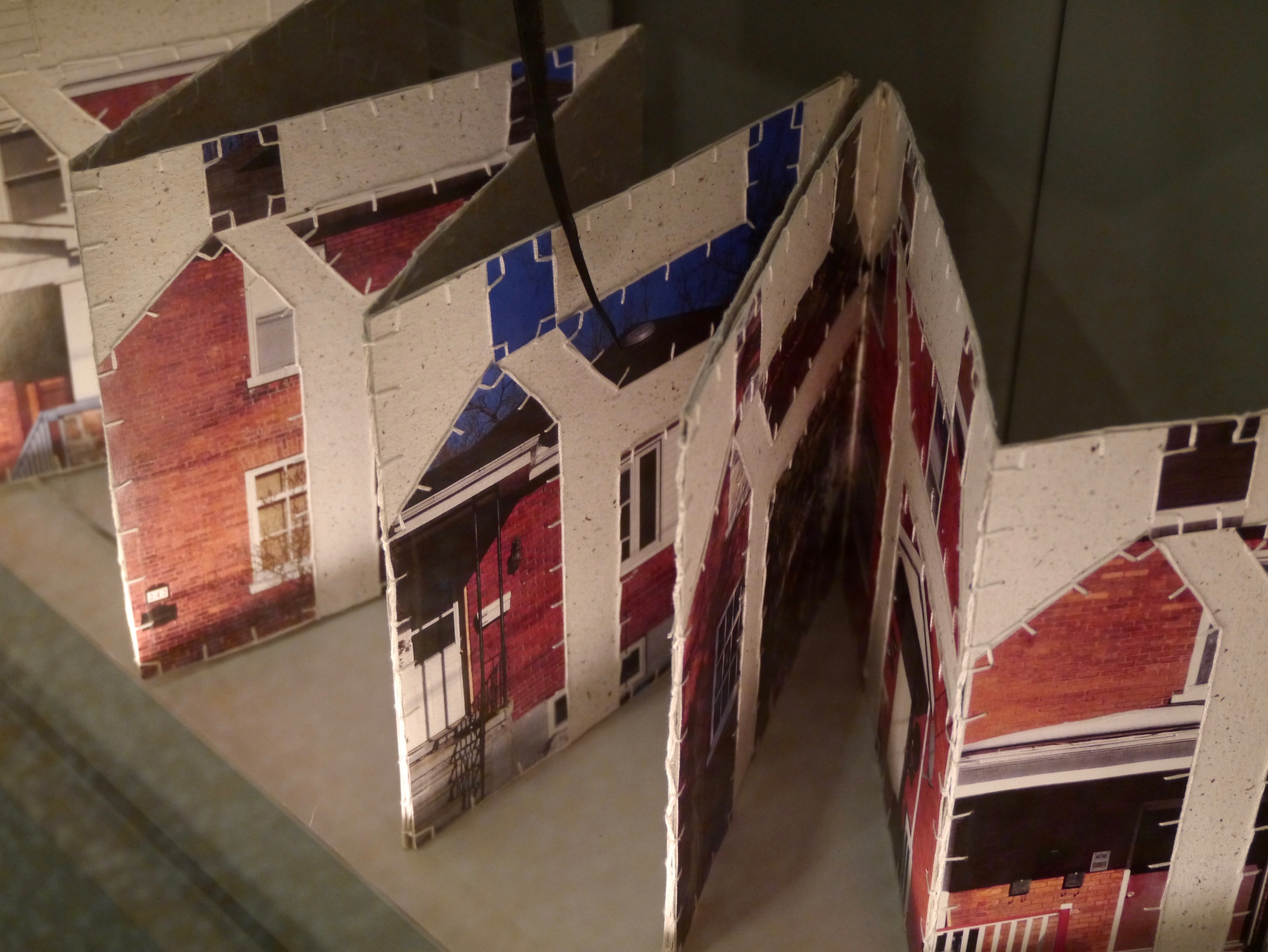Synopsis of workshop, led by Darian Goldin Stahl
“Artists’ Books as Patients’ Bodies”: My research in the medical humanities asks how fine art bookmaking workshops can help medical students navigate and narrate uncertainty, initiate creative problem solving, and better communicate with their future patients. And ultimately, if that intervention can combat burnout and empathy fatigue in medical education.
Through intensive two-day workshops I conducted at Michigan State University’s College of Human Medicine, medical students gained an understanding of artists’ books as they relate to the history of medicine, and the contemporary employment of this medium by patients and physicians as a communicative and sharable fine art object. Not only were these medical students given readings and lectures on this topic, but they were also charged with creating two artists’ books of their own. The results were nothing less than astounding representations of creative and emotive expressions of lived experience.
The two-day workshop consisted of:
Book 1. Bio-Zines
The students first made collaged “Bio-Zines,” consisting of small collaged objects found in the home or work to give their classmates an introduction to who they are and their interests in medicine. Student had to print their bio-zine for each member of class, taking away a complete paper roster of their classmates by the end of the workshop.
Book 2. Book as Body
Each student hand-stitched the same small book form, and then were assigned to transform it to sculpturally illustrate their own medical encounters.
Critiques
One of the greatest strengths of this workshop was devoting half a day for sharing, storytelling, and critique. Experiencing every book and seeing how each of their peers transformed the same initial codex into a unique memory-object charged the room with empathy and care.
Quotes from medical students
“It was a great experience in communication. It was very cathartic, it was a unique way of engaging in the patient-physician interaction.”
“Having the space to express emotion through art has been extremely beneficial to me right now and to use in the future.”
“I loved getting the chance to use my brain in a different way. I also really appreciated seeing first hand/ learning how emotion grabbing and therapeutic art and the humanities can be.”
Image descriptions
These three artists’ books are examples from the “Book as Body” assignment. One student chose to capture his anxious experience of having blood drawn for STI testing; another illustrated the damage on his lungs from years of smoking; and the final student performed surgery on the spine of her book that recalls her own spinal surgery.
